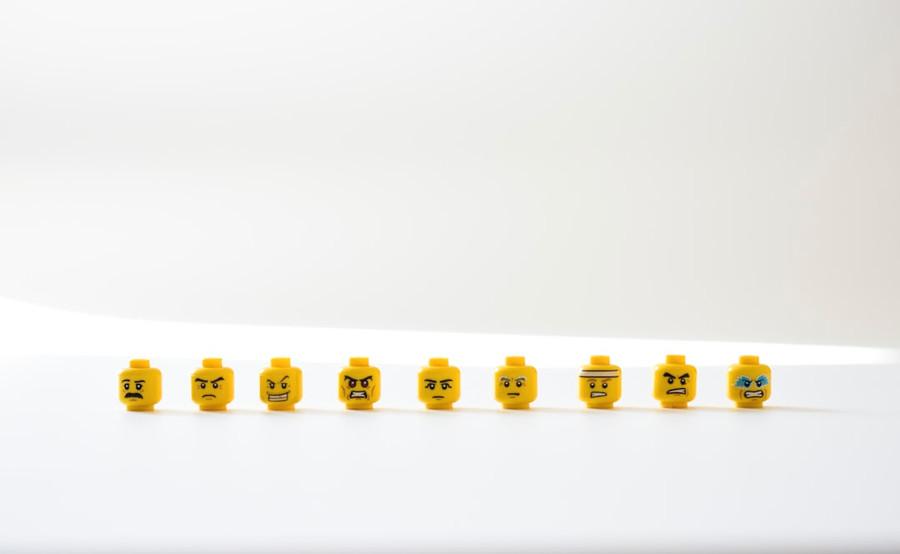Prince Rahul's Key Ideas from Contagious
by Jonah Berger
Ideas, facts & insights covering these topics:
12 ideas
·8.1K reads
36
10
Explore the World's Best Ideas
Join today and uncover 100+ curated journeys from 50+ topics. Unlock access to our mobile app with extensive features.
STEPPS
The six principles or STEPPS, drive things to catch on.
- Social Currency: We share things that make us look good.
- Triggers: Top of mind = tip of tongue
- Emotion: When we care, we share.
- Public: Built to show, built to grow.
- Practical Value: News you can use.
- Stories: Information travels under the guise of idle chatter.
88
1.02K reads
1. Social Currency
Give people a way to make themselves look good while promoting their products and ideas along the way.
There are three ways to do that:
- Find inner remarkability;
- Leverage game mechanics;
- Make people feel like insiders.
74
877 reads
Find Inner Remarkability
Sharing extraordinary, novel, or entertaining stories or ads makes people seem more extraordinary, novel, and entertaining.
- Can the product do something no one would have thought possible (such as blend iPhone like Blendtec)?
- Are the consequences of the idea or issue more extreme than people ever could have imagined?
67
711 reads
Leverage Game Mechanics
- Good game mechanics keep people engaged, motivated, and always wanting more.
- We all enjoy achieving things. Tangible evidence of our progress makes us feel good.
- So discrete markers motivate us to work harder, especially when we get close to achieving them.
- Game mechanics also motivate us on an inter personal level by encouraging social comparison.
- People don’t just care about how they are doing, they care about their performance in relation to others.
73
580 reads
Make People Feel Like Insiders
- Scarcity and exclusivity help products catch on by making them seem more desirable.
- If something is difficult to obtain, people assume that it must be worth the effort.
- If people get something not everyone else has, it makes them feel special, unique, high status.
- If something is unavailable or sold out, people often infer that lots of other people must like it, and so it must be pretty good.
80
519 reads
2. Triggers
- Triggers not only get people talking, they keep them talking.
- Think about whether the message will be triggered by the everyday environments of the target audience.
- Even a bad review or negative word of mouth can increase sales if it informs or reminds people that the product or idea exists.
- The more something is triggered, the more it will be top of mind, and the more successful it will become.
- Top of mind means tip of tongue.
71
460 reads
3. Emotion
- Marketing messages tend to focus on information.
- Rather than harping on features or facts, we need to focus on feelings; the underlying emotions that motivate people to action.
- More anger or more humor led to more sharing.
- Emotions drive people to action. They make us laugh, shout, and cry, and they make us talk, share, and buy.
- But people are less likely to talk about or share things that make them content because contentment decreases arousal.
76
418 reads
4. Public
- Making something more observable makes it easier to imitate.
- The famous phrase “Monkey see, monkey do” captures more than just the human tendency to imitate.
- If something is built to show, it’s built to grow.
- Television shows use canned laugh tracks for this reason: people are more likely to laugh when they hear others laughing.
- Behavior is public and Thoughts are private.
74
416 reads
5. Practical Value
- Setting a higher reference point made the first deal seem better even though the price was higher overall.
- By mentioning $100 or $200 as the price you might expect to pay, the infomercial sets a high reference point, making the final price of $39.99 seem like a steal.
- Deals seem more appealing when they highlight incredible value.
- Restricting availability through scarcity and exclusivity makes things seem more valuable.
69
395 reads
The Rule of 100
- If the product’s price is less than $100, percentage discounts will seem larger.
- If the product’s price is more than $100, the opposite is true. Numerical discounts will seem larger.
Take a $2,000 laptop. While a 10 percent discount may seem like a relatively small number, it immediately seems much bigger when translated into dollars ($200).
80
425 reads
6. Stories
- People don’t think in terms of information. They think in terms of narratives.
- Stories save time and hassle and give people the information they need in a way that’s easy to remember.
- Stories carry things. A lesson or moral.
- They provide a sort of psychological cover that allows people to talk about a product or idea without seeming like an advertisement.
76
431 reads
IDEAS CURATED BY
The more one seeks to rise into height and light, the more vigorously do ones roots struggle earthward, downward, into the dark, the deep — into evil.
CURATOR'S NOTE
This book explains what makes content contagious. By “content,” I mean stories, news, information, Products, ideas, messages and videos.
“
Different Perspectives Curated by Others from Contagious
Curious about different takes? Check out our book page to explore multiple unique summaries written by Deepstash curators:
24 ideas
Laughing Llama's Key Ideas from Contagious
Jonah Berger
5 ideas
PURANA PEN 's Key Ideas from Contagious
Jonah Berger
11 ideas
Talha Mumtaz ✔️'s Key Ideas from Contagious
Jonah Berger
Read & Learn
20x Faster
without
deepstash
with
deepstash
with
deepstash
Personalized microlearning
—
100+ Learning Journeys
—
Access to 200,000+ ideas
—
Access to the mobile app
—
Unlimited idea saving
—
—
Unlimited history
—
—
Unlimited listening to ideas
—
—
Downloading & offline access
—
—
Supercharge your mind with one idea per day
Enter your email and spend 1 minute every day to learn something new.
I agree to receive email updates











